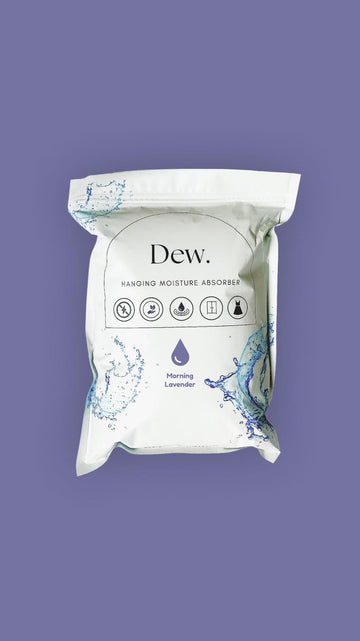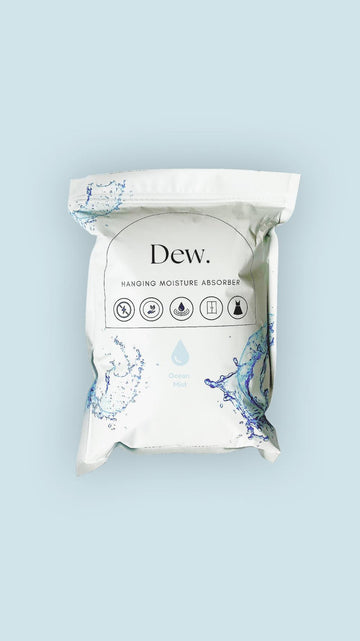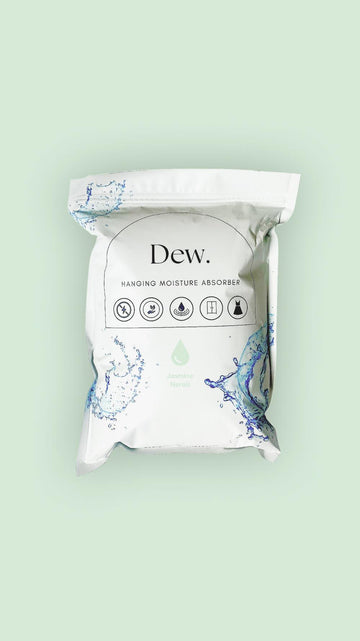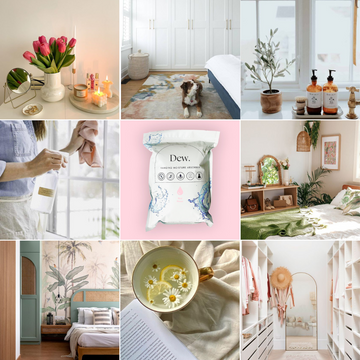Mould and Your Sleep
In addition to the many health problems mould can cause, research suggests that mould exposure may also compromise sleep.
In addition, indoor moulds are a known cause of allergic rhinitis Emerging research shows the potential for allergic rhinitis to cause a host of sleep problems including insomnia, restless sleep, obstructive sleep apnea, and snoring.
The Mouldy Bedroom
Though your bedroom may appear clean and tidy, a host of factors can turn your sleep sanctuary into a habitat for mould. Mould is capable of growing on a variety of materials, particularly porous and natural materials such as cardboard, paper, wood products, and ceiling tiles. Mould can also grow inside other surfaces around your bedroom including the wallpaper and insulation.
Water Sources, Humidity, and Condensation
Moulds need sufficient moisture to grow and spread. The bedroom can harbour hidden moisture from leaks in the roof, windows, pipes, or areas of flooding. These moisture sources are all commonly associated with mould growth. Mould can also form if water is spilled and not dried within 48 hours.
However, it does not take an overt spill or leak for mould to form. Mould can arise if your bedroom is excessively humid or accumulates condensation, which can result from poor ventilation. Even modest amounts of condensation can support mould growth. Areas of your bedroom with minimal air movement such as behind furniture and inside closets, may have higher levels of condensation and dampness.
Signs of a Mouldy Bedroom
If you’re inspecting your bedroom for mould, it’s important to know that mould can grow for some time before it becomes visible. Therefore, when assessing your bedroom, keep an eye out for these signs of mold growth:
- A humid or damp closet
- Condensation on windows
- Cracking paint, a dark area on a wall, or other signs of water damage
- An unusual, musty odour
You may also see mould develop in areas with regular moisture or condensation. For example, black mould spots may become visible in corners of your bedroom or behind furniture that is kept up against the wall.
Sometimes mould may be concealed underneath wallpaper, paneling, carpet, or behind walls. If you suspect that hidden mould is growing in your bedroom, it’s smart to consider hiring a professional who can perform a thorough investigation of your home.
Mould and Your Health
Moulds release several substances that can cause allergic reactions, irritations, and toxic effects when touched or inhaled. While most strains of mould are harmless, there are more than 100 different kinds of indoor moulds that may be harmful to humans. Fortunately, only a small number of these moulds are usually found in homes.
Health effects from mould can vary, but common reactions may include:
- Skin redness or rash
- Itchy, red eyes
- Sneezing
- Nasal congestion
- Chronic cough
- Blurred vision
More severe symptoms such as fever, shortness of breath, and lung infection may occur from mould exposure in people with underlying health conditions or a weakened immune system. Children exposed to mold in the first year of life may have an increased risk of developing asthma.
Controlling Mold in the Bedroom
Keep in mind that it’s nearly impossible to keep mould spores from entering your home. Microscopic spores can come in through open airways, windows, and vents, or latch onto clothing and pets. Therefore, the best approach to preventing mould is to make sure your bedroom environment doesn’t support its growth.
Preventing Mold Growth
To prevent mould in your bedroom, it’s important to control humidity, increase ventilation, and immediately clean up any standing water or spills. To accomplish this, make sure to:
- Keep humidity low and consider using a digital monitor to keep humidity between 30% and 50%
- Ensure proper ventilation and airflow
- Quickly treat any structural water leaks from the roof, pipes, or other sources
- Use a dehumidifier or aircon if your bedroom is prone to moisture
- Move furniture away from the wall
- Create space between clothes and other items in your closet
- Use Dew Hanging Moisture Absorbers in each closet
- Do not leave stacks of clothing, bedding, or papers undisturbed for long periods
- If water spills on your carpet or mattress, clean and dry it within 48 hours
- Enlist professional help for large water spills or flooding
Getting Rid of Mould
Should you discover mould growth, prompt and thorough cleaning is critical. Consider the following guidelines for effective cleaning:
- Nonporous materials and hard surfaces can be cleaned with chemical products, soap and water, or a bleach solution
- Wear gloves, goggles, and a respirator when cleaning mould in order to protect against airborne particles
- Porous materials with mould should be discarded, not cleaned
- Remove and replace mouldy insulation, ceiling tiles, and drywall
- Mould growth over 10 square feet may require professional cleaning
The Environmental Protection Agency and many local health departments offer additional guidance for cleaning household mold.
Is It Important To Test Mould?
Mould growing in your bedroom — no matter the type — should be removed. The health risk is not necessarily tied to a certain type or amount of mould. Therefore, there are no federal limits on acceptable levels of indoor mould, and expert groups typically do not recommend routine testing for mould strains.
The important thing is to rid your home of any known mould immediately, or better yet, prevent mould from growing in the first place. You’ll rest better knowing that you’re doing everything you can to keep this silent invader out of your bedroom.











